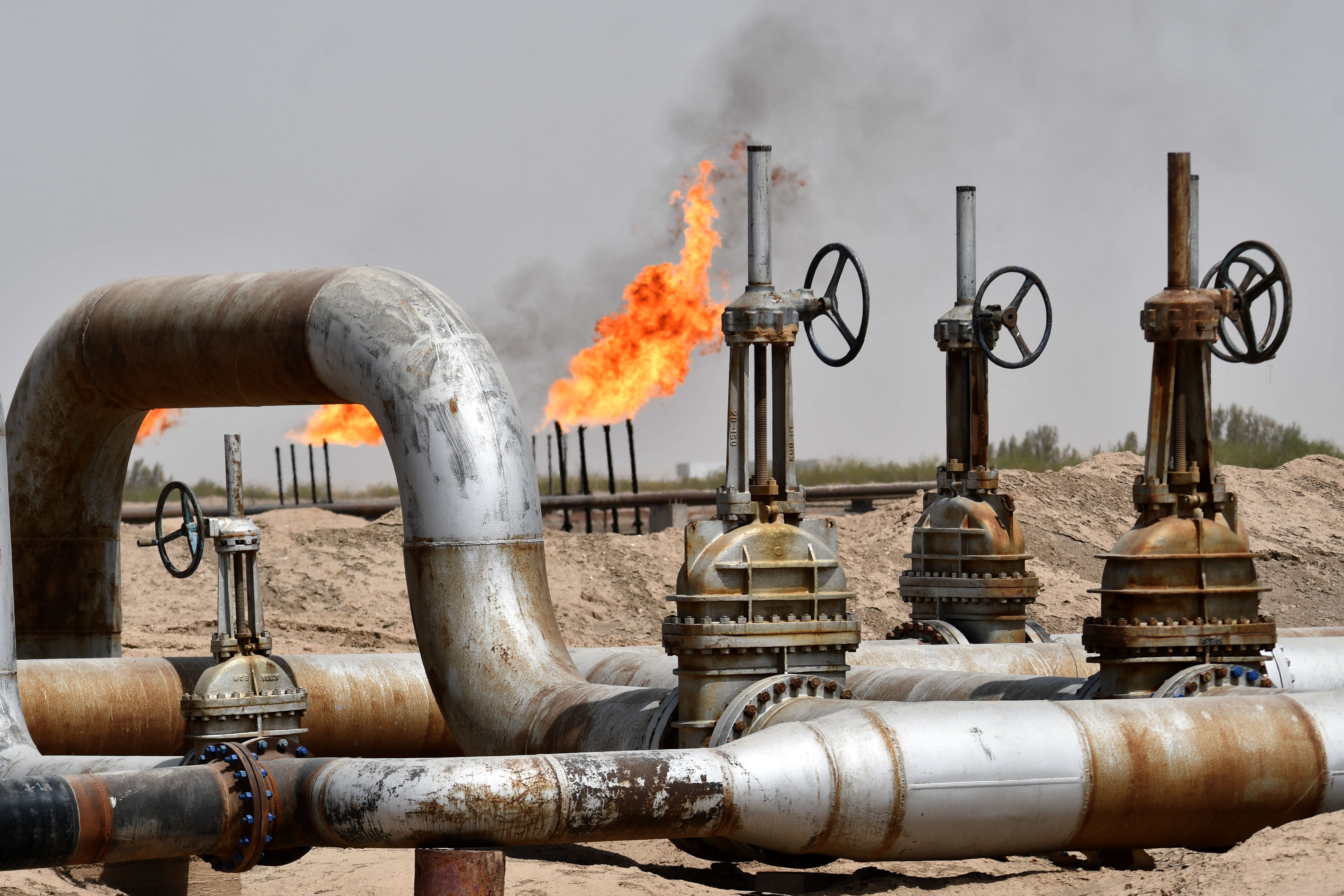Oil prices could soon return to $100 as OPEC+ considers âhistoricâ cut, analysts say

An influential alliance of some of the world’s most powerful oil producers is reportedly considering their largest output cut since the start of the coronavirus pandemic this week, a historic move that energy analysts say could push oil prices back toward triple digits.
OPEC and non-OPEC producers, a group often referred to as OPEC+, will meet in Vienna, Austria, on Wednesday to decide on the next phase of production policy.
related investing news
The oil cartel and its allies are considering an output cut of more than a million barrels per day, according to OPEC+ sources who spoke to Reuters.
“The OPEC ministers are not going to come to Austria for the first time in two years to do nothing. So there’s going to be a cut of some historic kind,” Dan Pickering, CIO of Pickering Energy Partners, said, referring to the group’s first in-person meeting since 2020.
However, Pickering said he expects the actual number of barrels coming off the market will likely be around 500,000, which is “going to be enough to support the market in the near term.”
Oil prices rose around 4% on Monday morning.
International benchmark Brent crude futures popped 4% to $88.54 per barrel, while U.S. West Texas Intermediate futures climbed 4.2% to trade at $82.83 per barrel.
Stephen Brennock, a senior analyst at PVM Oil Associates in London, said Monday that there appeared to be some upside potential for oil prices after heavy losses across the board in September.
“A further uptick in trading activity coupled with tightening near-term oil fundamentals could well push oil prices back to $100/bbl,” Brennock said in a research note.
“Those of a bullish disposition have endured a summer of pain, but a winter of hope and expectation is on the horizon,” he added.
Echoing this call of a return to $100 a barrel, analysts at Goldman Sachs see Brent reaching triple digits over the next three months, before climbing to $105 over a six-month horizon.
The U.S. investment bank expects WTI to jump to $95 by around year-end, before hitting $100 over the next six months.
OPEC has resolve to support prices
OPEC+ is signaling that their support of oil prices will not happen at around $50 to $60 per barrel, Pickering said.
“It’s going to happen much higher, and they’re showing a resolve to protect price. They’re less worried about demand.”
Despite what people will say, we’re gonna see some pretty sticky energy inflation as we move forward over the next couple of years.Dan PickeringCIO, Pickering Energy Partners
Pickering told CNBC he does not think an Iran nuclear deal will happen, and that the real concern would be how recession risks will stoke demand fears.
Last month, oil prices declined by more than $4 to their lowest level since Russia’s invasion of Ukraine in late February, following demand concerns due to recession fears.
Asked whether a massive output cut from OPEC+ would likely be enough to send oil prices back to their June high, Saxo Bank’s Ole Hansen said, “I don’t think it is because what we have to consider is that OPEC+ has been struggling now for months to actually produce the quota levels they had agreed.”
“If they do cut by 1 million or by 1.5 million, they will have to change the quota system for that number actually to be a real cut in the market,” Hansen told CNBC’s “Worldwide Exchange” on Monday.
“It is probably also the reason why they are meeting face-to-face this week in Vienna because it is potentially a highly controversial decision that they may take. But I think the impact is probably going to be less than what the market is looking for,” he added.
Supply-side factors
In addition to a production cut by OPEC+, Pickering cited other supply-side factors that will also prop up oil prices for the next four to eight weeks.
“We’re going to see more support from the supply side if sanctions kick in from Europe towards the end of the year [and] as the U.S. [Strategic Petroleum Reserve] begins to shut down its deliveries in November,” he said, referring to the U.S. government’s emergency stockpile that’s tapped when energy markets are in turmoil.
A few weeks ago, the U.S. Energy Department announced it would sell up to 10 million barrels of oil from the SPR for delivery in November.
The EU’s sanctions on seaborne imports of Russian crude will kick in in December. The ban could exacerbate worries over an already tight energy market, brought on by strong demand as economies bounced back from the pandemic.
“OPEC is no particular friend of oil price softness, gasoline prices going down … despite what people will say, we’re gonna see some pretty sticky energy inflation as we move forward over the next couple of years.”
At the start of September OPEC surprised markets and announced a small oil production cut of 100,000 barrels per day to bolster prices.
This post has been syndicated from a third-party source. View the original article here.





